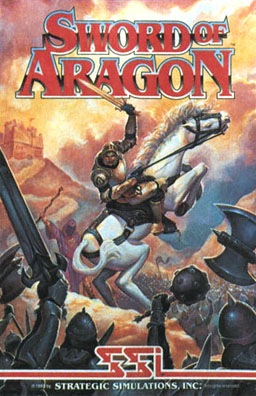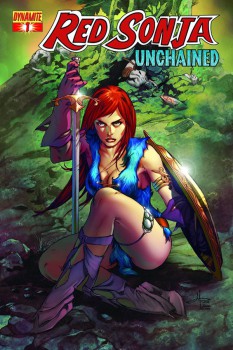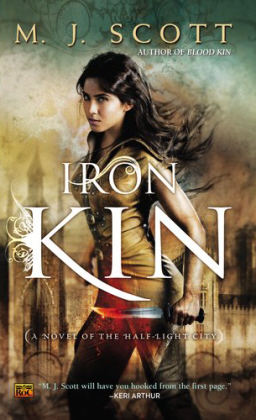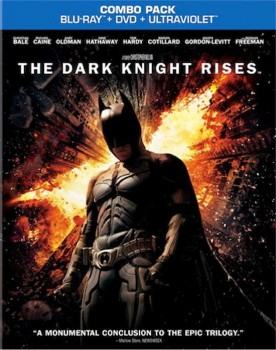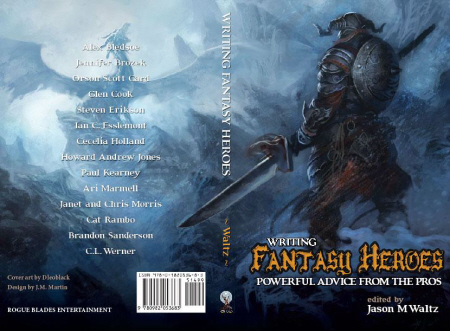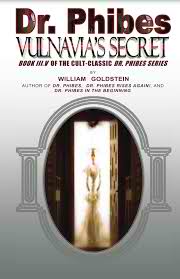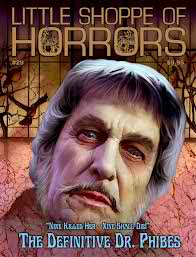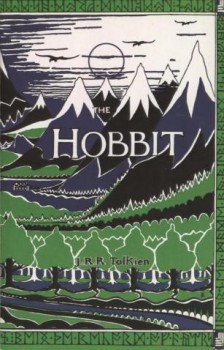Sean T. M. Stiennon reviews The Black Prism
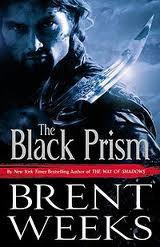
The Black Prism
Brent Weeks
Orbit Books (640 pages, hardcover first edition August 2010, $25.99)
I’ll admit that, if I hadn’t already devoured Brent Weeks’s Night Angel novels, I probably wouldn’t have picked up The Black Prism (despite the cool, shadowy cover of a man in a magnificent goatee brandishing a mirror-polished blade). The reason for that is a shallow one: The magic system sounded stupid. It is, in short, rainbow magic, sorcery based on splitting white light into one or more of its component colors to create a magical effect. But the Night Angel books were awesome, and I gave Weeks a chance to impress me again. It took me ten pages to be thoroughly hooked on his story, and another hundred pages to be sold on his unique approach to magic.
In the world of the Seven Satrapies, trained drafters can draw color out of appropriately shaded objects (or white light viewed through a tinted lens) and draw it into their bodies to create a substance called luxin. The properties of luxin differ dramatically based on its color: Red luxin is a hyper-flammable jelly, while super-violet luxin (just above the visible spectrum for most people) is as light and strong as spider-silk. Each color also carries with it a particular emotional state that overtakes the person drafting it. Green is wild and impetuous, orange slick and dissimulating. It’s a simple idea with complex uses, both for war and for technology, and the applications Weeks finds for various kinds of luxin are a big part of the The Black Prism’s unique appeal.
Monochromes draft one color, and represent the majority. Bichromes, the elite among drafters, have access to two, usually contiguous on the color spectrum (i.e., red and orange), and a small handful are polychromes, commanding three or four. Only one man — the Prism — can split light into all seven stable colors, and he is regarded as high priest of the one god Orholam, the source of all light. When there is imbalance in the world caused by one color being drafted more than another, it is his vocation to correct it.
